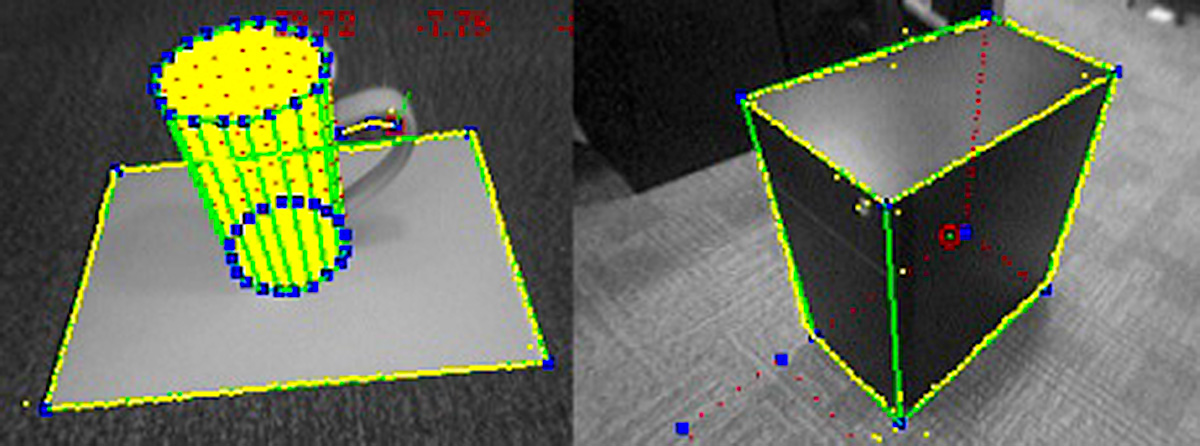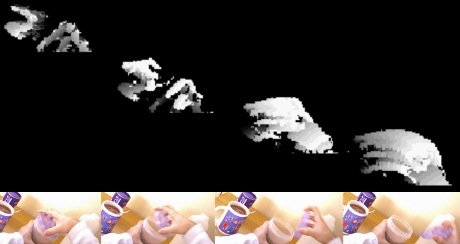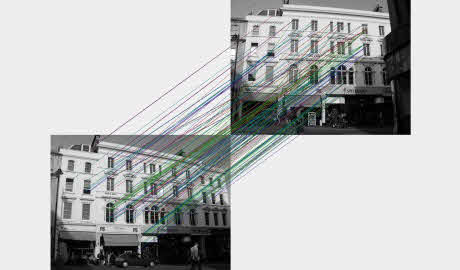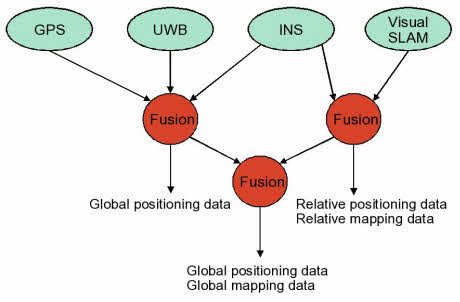PROVISION is a network of leading academic and industrial organisations in Europe comprising of international researchers working on the problems plaguing most video coding technologies of the day. The ultimate goal is to make noteworthy technical advances and further improvements to the existing state-of-the-art techniques of compression video material.
The project shall not only aim to enhance broadcast and on-demand video material, but also produce a new generation of scientists equipped with research and soft skills needed by industry, academia and society by large. In line with the principles laid down by Marie Skłodowska-Curie actions of the European Commission, PROVISION is a great example of an ensemble of researchers with varied geographical and academic backgrounds all channelling their joint effort towards creating a technologically, or more specifically a ‘visually’ better tomorrow





